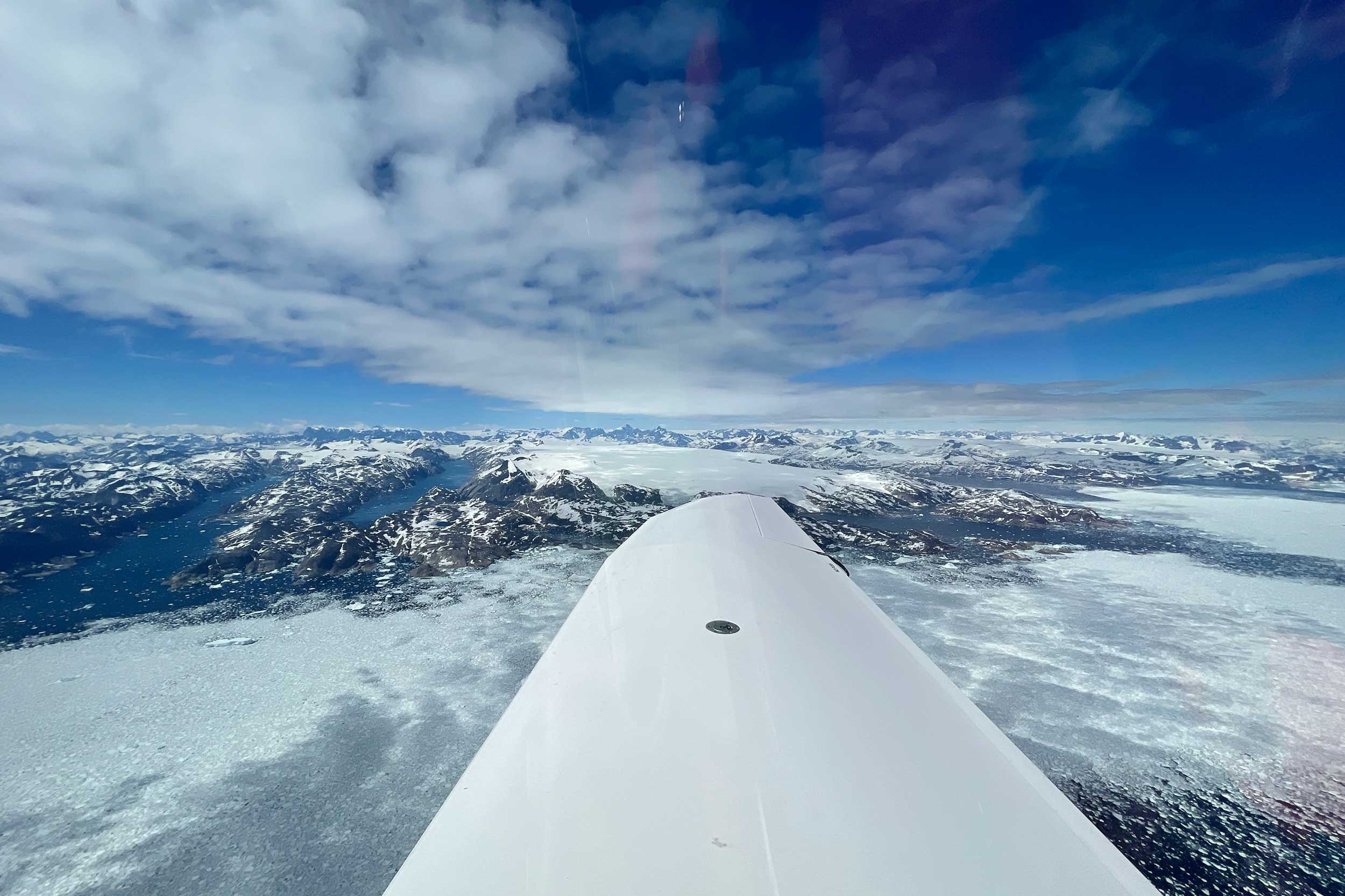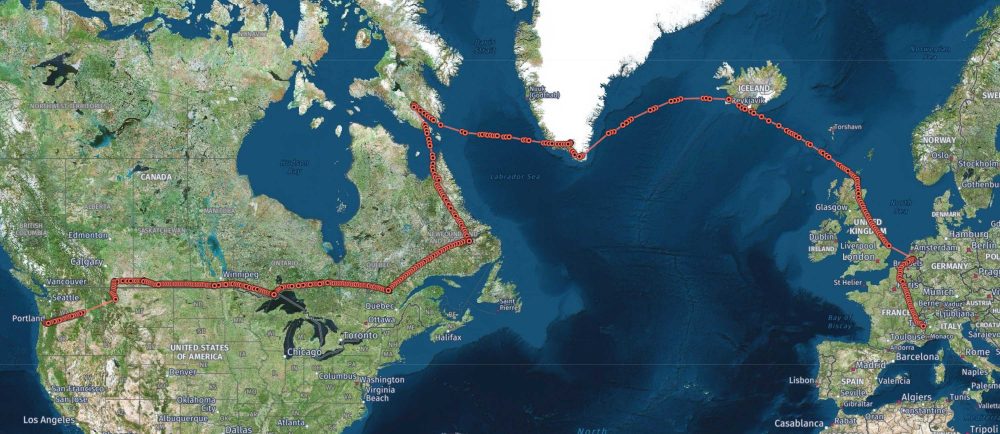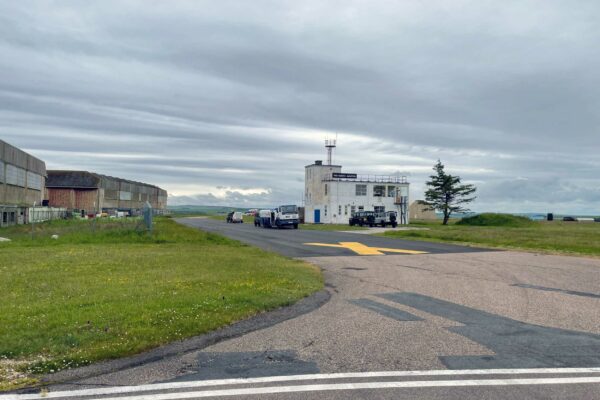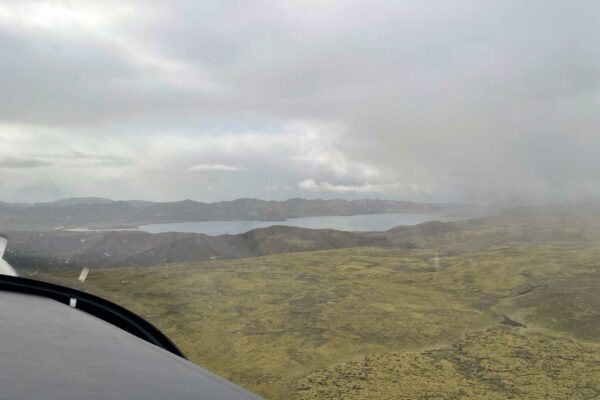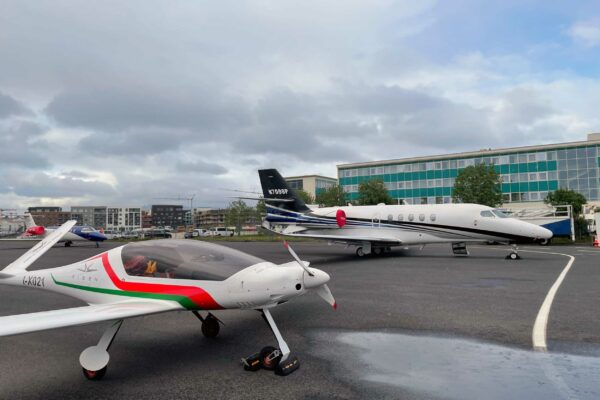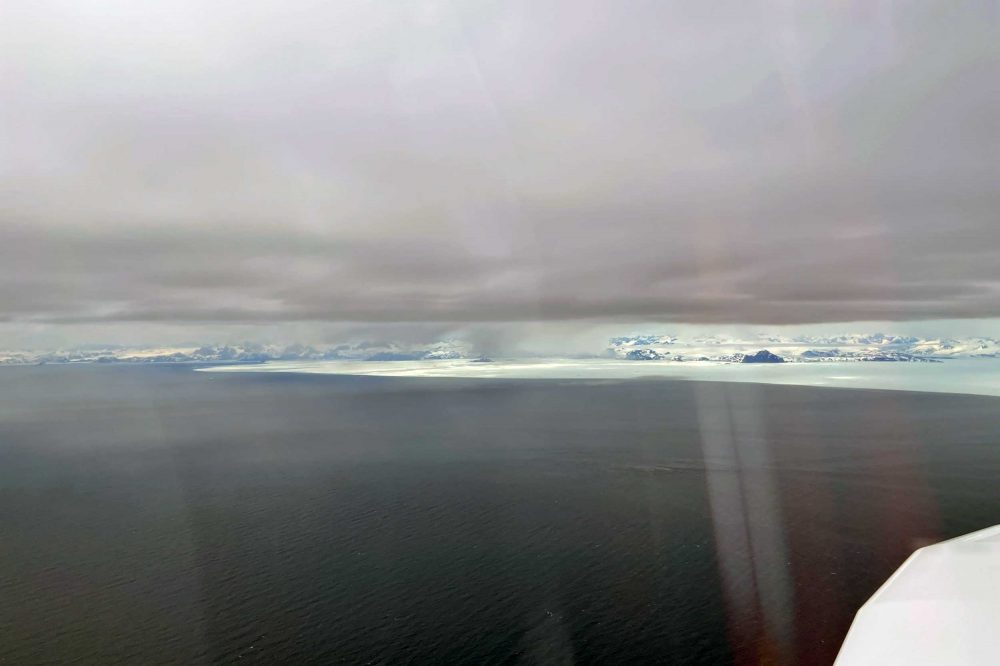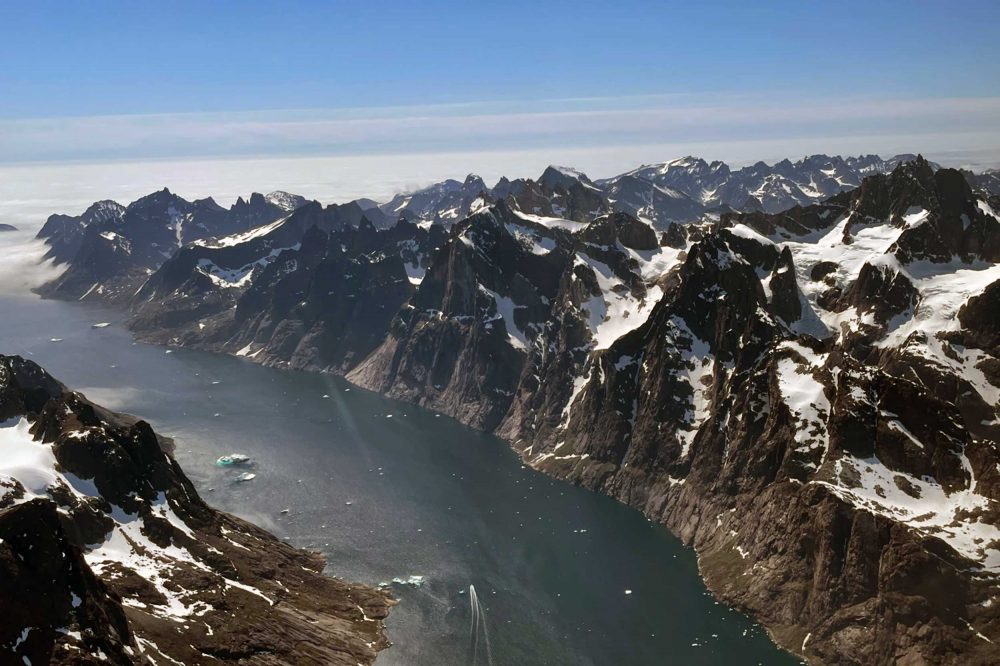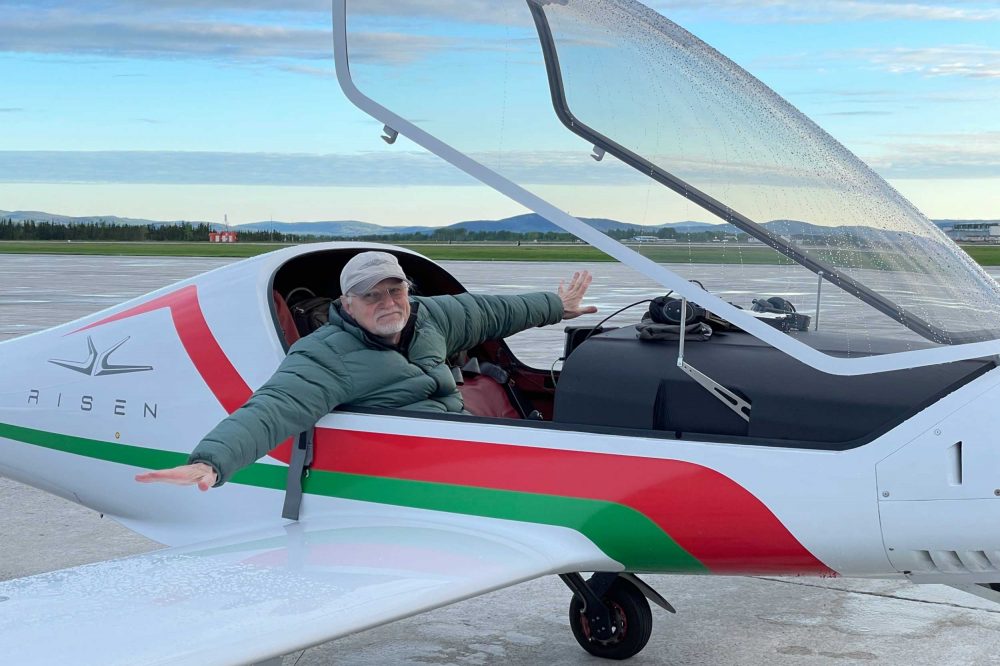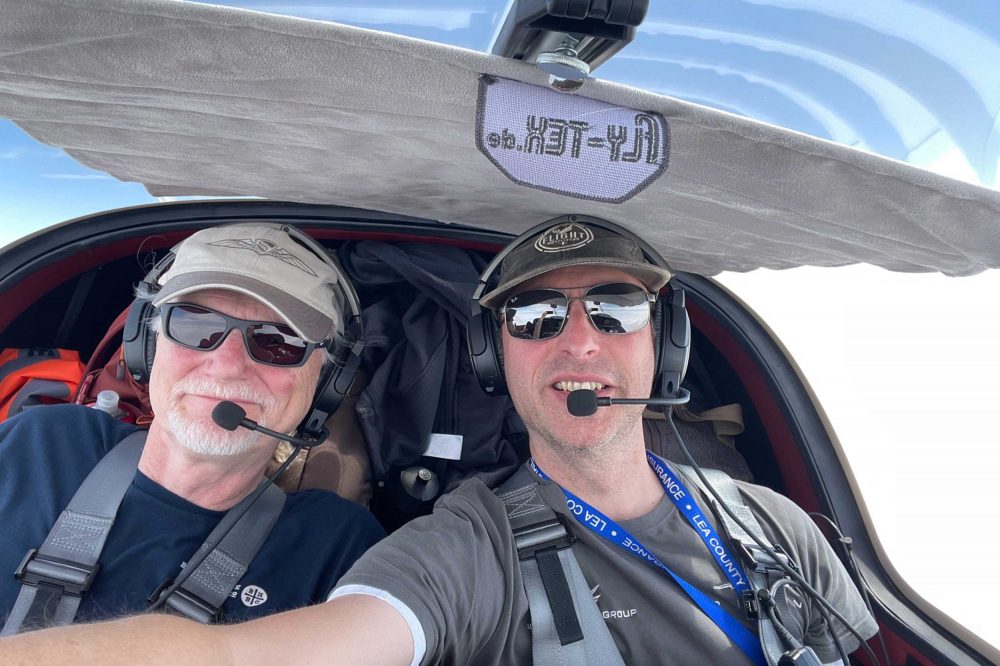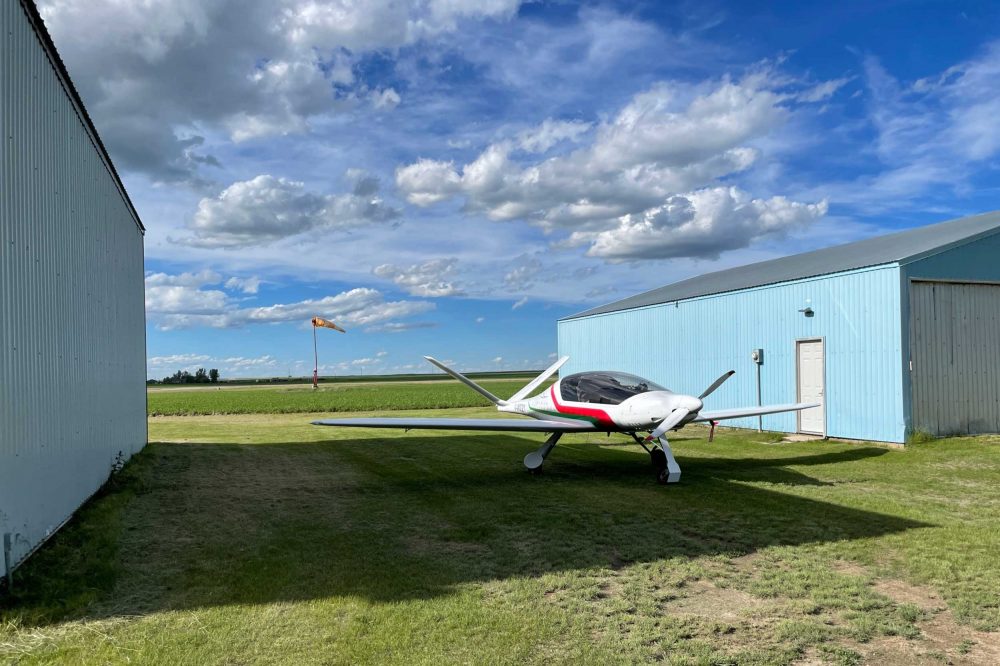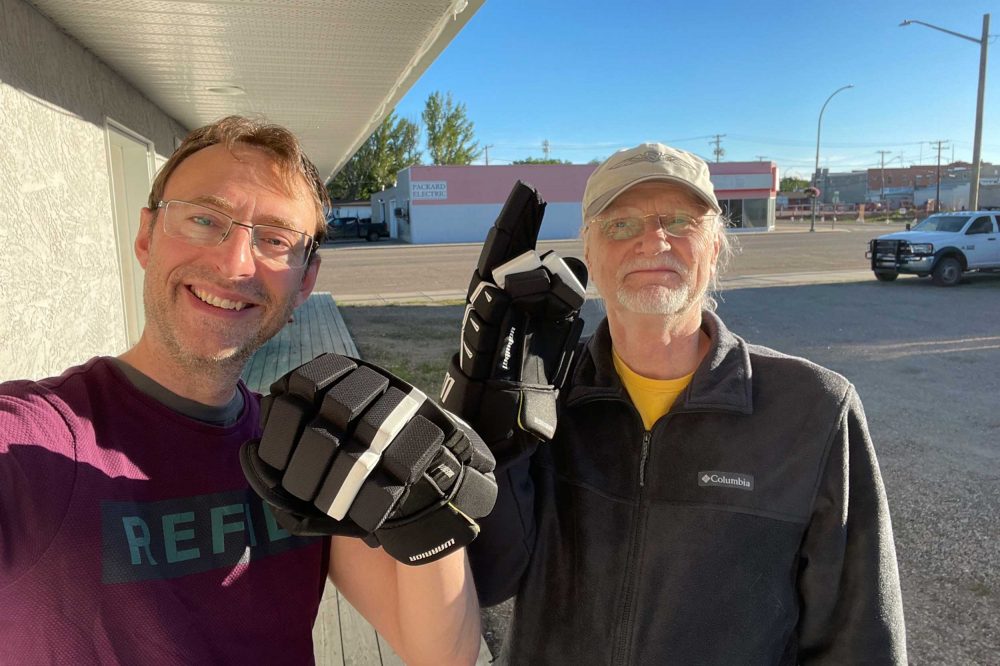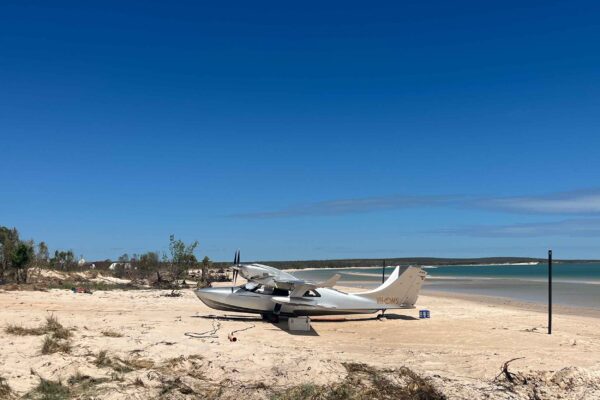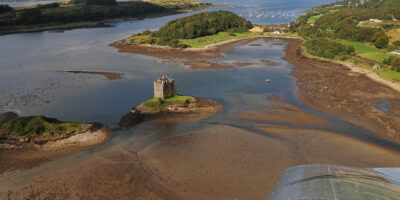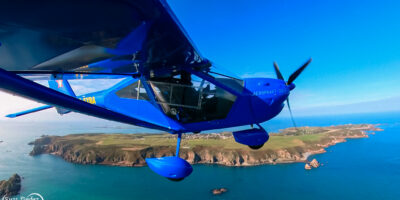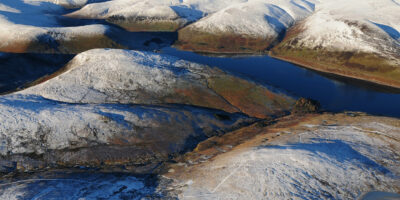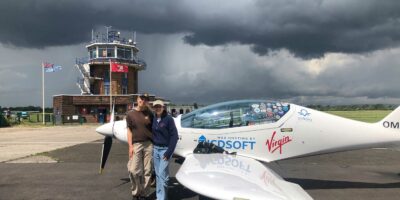Mark, from Portland, USA, is the proud owner of Risen #23. But the aeroplane was finished at Voghera, Italy, and therefore had to be transported to the US. One possibility was to put it in a container and transport it overseas but this can be difficult with high costs and long waiting times. So we arranged that I will fly it to the USA.
To ferry the aeroplane we need permissions from the UK, Iceland and Greenland. At the beginning of June only the Greenland permit had been received (from Danish authorities) and we were still waiting for the UK and Iceland permit. We hoped it would be within a week. The route chosen was to be Voghera – Breda – Scotland – Iceland – Greenland – Canada – Portland. This is the shortest route, but in Canada we probably would fly south first and then west.
So, I’m to fly a new aeroplane over the ocean. That means I need to know and trust the aeroplane. It is nearly the same as my own Risen, PH-0A0, but with some little differences.
Some switches are in different locations, and the trim is different as this aeroplane has no parachute, which gives the aeroplane another centre of gravity. It also has different brakes/wheels and the autopilot behaves differently (in fact, better!).
The day to travel to the factory in Italy turned out well, as there was a ‘Grigliata Argentina’ at the hangar in Voghera. I was on time for this BBQ lunch and, after the delicious spare-ribs and chimichurri, I made my first flight with Mark’s aeroplane.
Tomorrow, I will discuss some findings of the test flights with Porto Aviation, makers of the Risen, and maybe make some changes to the aircraft, in close consultation with Mark.


